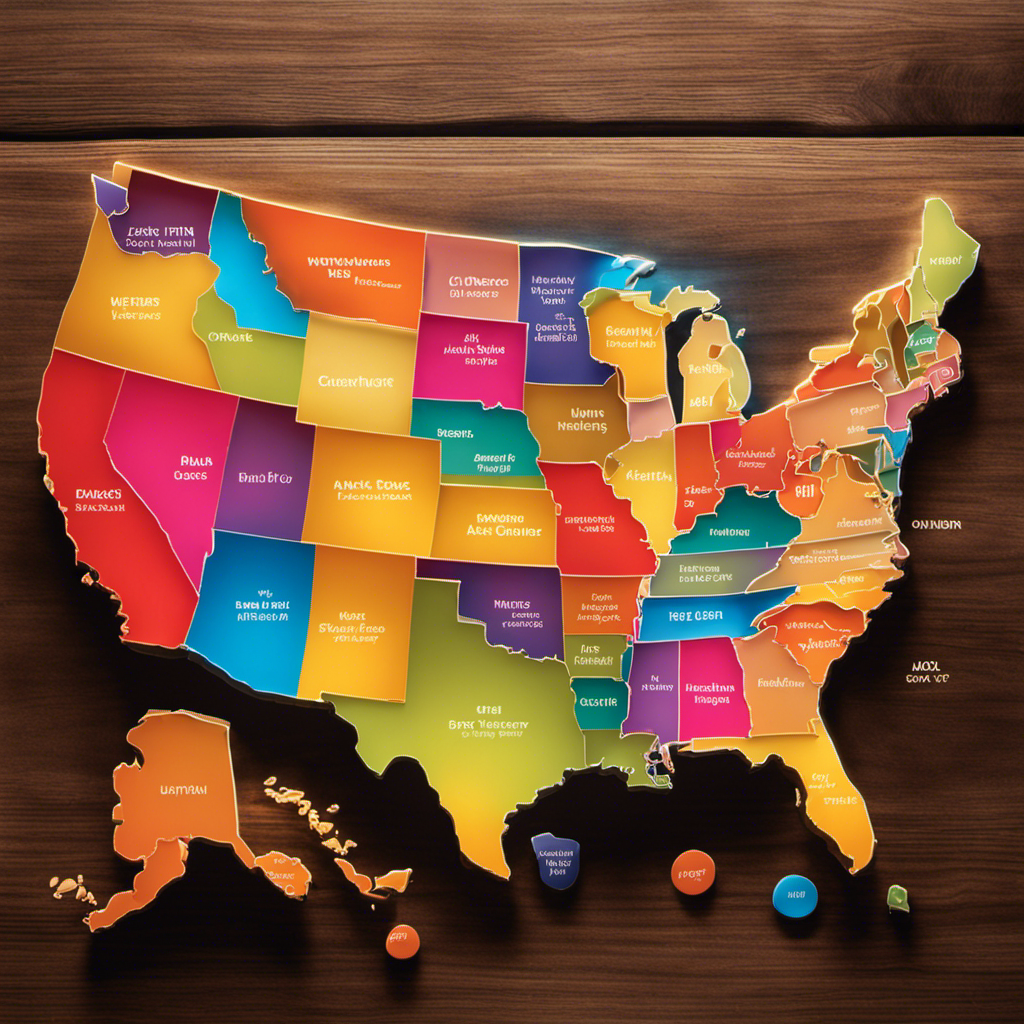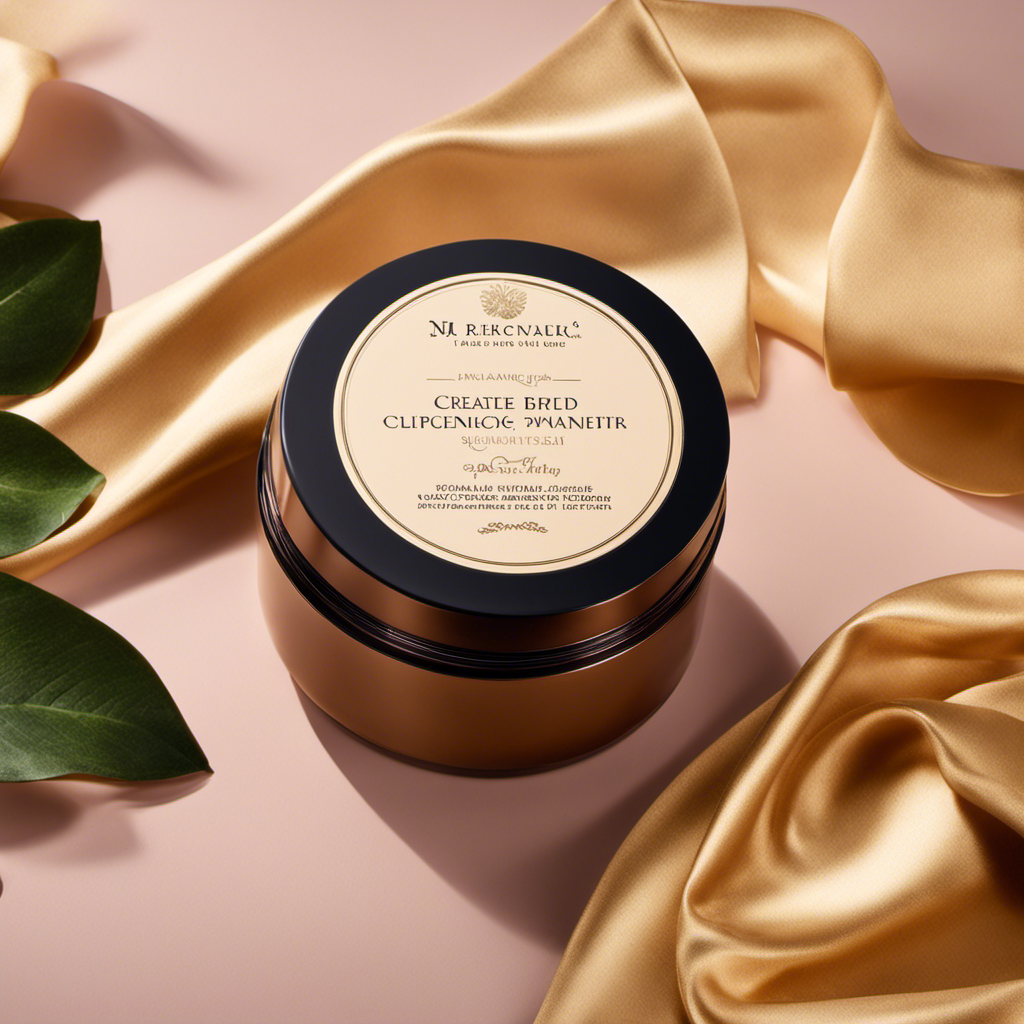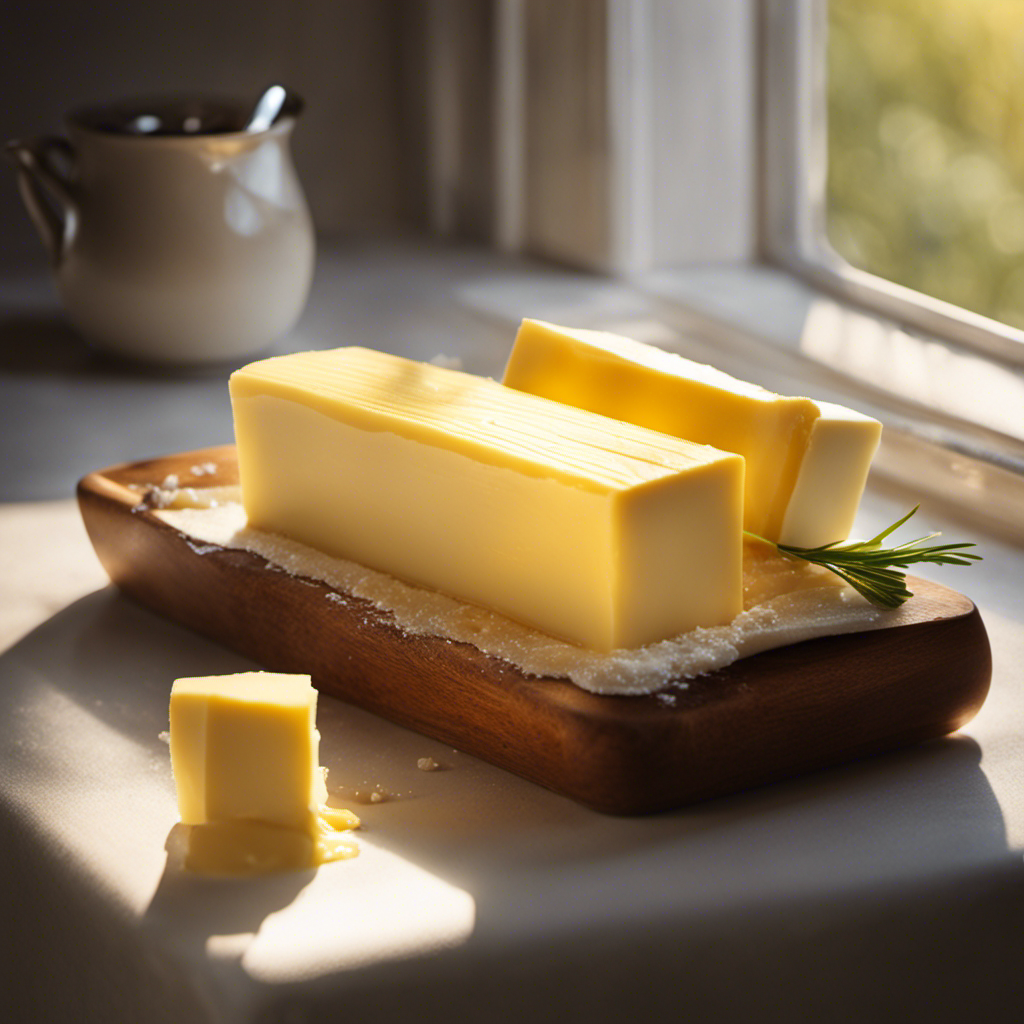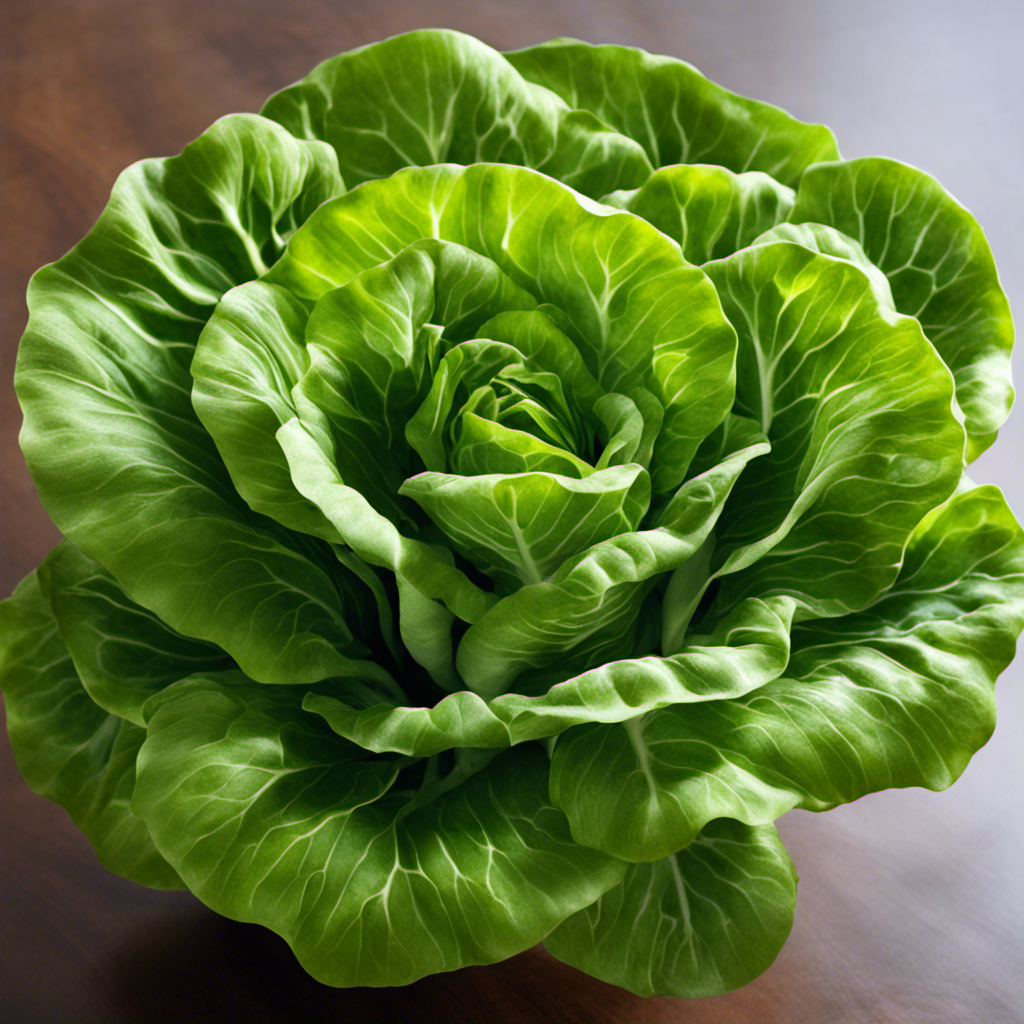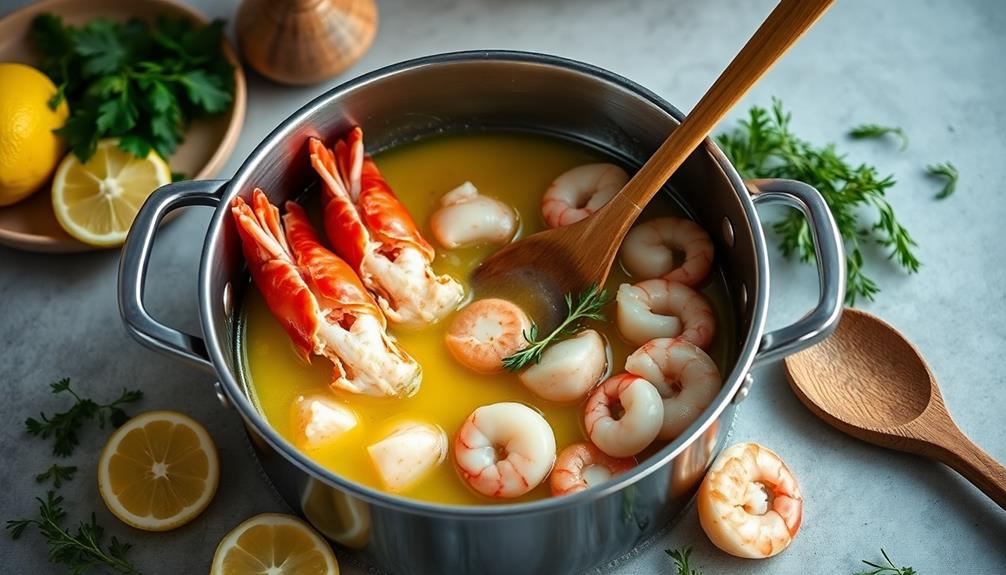As I explore the legal frameworks within the United States, my curiosity is piqued by one question: which states are welcoming towards the enchanting world of butter making?
Let us embark on a journey through the land of legalization, where the aromatic allure of infused butter dances freely.
In this article, we shall explore the states that have granted permission to this enchanting contraption.
From Alabama to Iowa, the path unfolds, revealing the truth behind the legality of the magical butter maker.
Key Takeaways
- Alabama strictly prohibits the use of the magical butter maker.
- The legal status of the magical butter maker is unclear in Arizona.
- The magical butter maker is allowed for use by registered medical marijuana patients in Florida.
- Laws regarding the magical butter maker can vary significantly between states.
Alabama
In Alabama, the state’s legalization progress regarding cannabis is quite strict. Alabama has not legalized recreational marijuana, and the use of cannabis for medical purposes is also highly restricted.
Currently, Alabama allows the use of CBD oil with a prescription for specific medical conditions. However, the production and sale of cannabis-infused products like edibles, tinctures, and oils are still illegal. This means that using a device like the magical butter maker, which is designed for infusing cannabis into various ingredients, is prohibited.
Alabama’s regulations on cannabis-infused products aim to maintain a controlled and limited approach to marijuana use within the state. The possession, cultivation, and distribution of marijuana are considered illegal, with strict penalties for those who violate the law.
It is important to note that laws regarding marijuana use are subject to change, and there have been ongoing discussions about potential changes to Alabama’s cannabis policies. However, as of now, the use of the magical butter maker or any other device for cannabis-infused products remains illegal in Alabama.
Alaska
You can possess the magical butter maker in Alaska. It is legal to own and use this innovative device in the state. However, there are certain legal restrictions and regulations that you need to be aware of. Here are some important points to keep in mind:
-
Alaska Legal Restrictions:
-
Possession: It is legal to possess the magical butter maker for personal use in Alaska.
-
Cultivation: Alaska allows the cultivation of cannabis for personal use, but there are limits on the number of plants that can be grown.
-
Other States’ Regulations:
-
Varying Laws: While Alaska allows the possession and use of the magical butter maker, it’s important to note that other states may have different regulations.
-
Research: If you plan to travel with the device or use it in other states, it is crucial to research and understand the legal restrictions in those locations to avoid any legal issues.
It’s important to always stay informed about the legalities surrounding the use of the magical butter maker to ensure compliance with local laws.
Arizona
In Arizona, the legal status of the magical butter maker is currently unclear. There are no specific laws or regulations addressing its use in the state.
However, it is important to note that the use of the magical butter maker for making cannabis-infused products may still be subject to restrictions on the use of marijuana or cannabis products in general.
It is advisable to consult local laws and regulations or seek legal advice before using the magical butter maker in Arizona.
Legal Status in Arizona
Arizona’s legal status for the magical butter maker is unclear at this time. The state has made progress towards legalization, but it has not specifically addressed the legality of this particular product. However, the legalization of marijuana for recreational use in Arizona could have a significant impact on the state’s economy.
-
Arizona’s legalization progress:
-
In 2020, voters approved Proposition 207, which legalized the recreational use of marijuana for adults aged 21 and older.
-
The Arizona Department of Health Services has been tasked with regulating the industry and issuing licenses to dispensaries.
-
Impact of legalization on Arizona’s economy:
-
The marijuana industry is expected to generate significant tax revenue for the state, which can be used to fund education, healthcare, and other public services.
-
Legalization also creates job opportunities in cultivation, manufacturing, and retail, which can boost employment rates and stimulate economic growth.
Overall, while the legal status of the magical butter maker in Arizona remains uncertain, the state’s broader legalization of marijuana has the potential to positively impact the economy.
Restrictions on Use
If you’re planning to use the Magical Butter Maker, be aware of the restrictions on its usage.
There are specific regulations on dosage and labeling that you need to adhere to.
When it comes to dosage, it’s important to follow the recommended guidelines provided by the manufacturer. They have determined the appropriate amount to use for optimal results and safety.
Additionally, there are regulations on labeling that must be followed. The labeling should clearly indicate the ingredients, potency, and any warnings or precautions associated with the product.
This ensures that consumers are well-informed about what they are using and can make educated decisions.
Other States’ Regulations?
In the previous subtopic, we discussed the restrictions on the use of the Magical Butter Maker. Now, let’s explore the regulations in other states that may affect its legality.
It’s important to note that laws can vary significantly from one state to another, so it’s crucial to stay informed about the specific regulations in your area. Here are some key points to consider:
-
Alabama Restrictions:
-
Alabama has strict laws regarding the possession and use of marijuana.
-
The use of marijuana, including the use of devices like the Magical Butter Maker, is illegal in Alabama.
-
Florida Laws:
-
Florida has legalized medical marijuana for certain qualifying conditions.
-
The use of the Magical Butter Maker may be allowed for registered medical marijuana patients in Florida.
Arkansas
In Arkansas, the legalization status of cannabis is limited to medical use only. The state passed the Arkansas Medical Marijuana Amendment in 2016, allowing patients with qualifying conditions to access and use medical cannabis.
However, there are strict restrictions and regulations in place governing its use. These include limitations on possession amounts, qualifying conditions, and licensing requirements for dispensaries and cultivation facilities.
Legalization Status in Arkansas
You can use the Magical Butter Maker legally in Arkansas. Arkansas has made significant strides in the legalization of medical marijuana. Here are some key points to keep you interested:
-
Legalization efforts in Arkansas:
-
In 2016, Arkansas passed the Arkansas Medical Marijuana Amendment, legalizing the medical use of marijuana in the state.
-
This amendment allows patients with qualifying medical conditions to obtain a medical marijuana card and access medical cannabis products.
-
Medical marijuana in Arkansas:
-
The Arkansas Department of Health oversees the medical marijuana program in the state.
-
Patients can purchase medical marijuana from licensed dispensaries and cultivate a limited number of plants at home.
With the successful legalization efforts in Arkansas, it is important to be aware of the restrictions and regulations that come with using the Magical Butter Maker in the state.
Restrictions and Regulations in Arkansas
It’s important to be familiar with the restrictions and regulations in Arkansas regarding the use of the Magical Butter Maker.
In Arkansas, there are restrictions on cannabis infused products, including those made with the Magical Butter Maker. While medical marijuana is legal in the state, the use of cannabis infused products is heavily regulated. These products must be purchased from licensed dispensaries and can only be used by qualified patients. It is illegal to produce cannabis infused products at home using devices like the Magical Butter Maker. It is important to respect and abide by these restrictions to avoid any legal consequences.
On the other hand, the legalization status of the Magical Butter Maker in Alabama is unclear, as Alabama has not yet legalized medical marijuana. Therefore, it is advisable to check the local laws and regulations before using the Magical Butter Maker in Alabama.
California
California, have you checked if the magical butter maker is legal in your state? If you’re a cannabis enthusiast like me, you’re probably always on the lookout for new gadgets and tools to enhance your experience. The magical butter maker is one such device that has gained popularity among cannabis users. However, before you rush out to buy one, it’s important to understand the legal restrictions in California.
Here are a few things you should know:
-
In California, recreational cannabis use is legal for adults aged 21 and over. However, there are certain restrictions in place when it comes to manufacturing cannabis-infused products.
-
The production of cannabis-infused products, including edibles and tinctures, is regulated by the California Department of Public Health. These regulations ensure that products are produced safely and accurately labeled.
-
If you plan on using the magical butter maker to create cannabis-infused products for personal use, you should familiarize yourself with the specific regulations and guidelines set forth by the state.
-
It’s important to note that selling homemade cannabis-infused products is illegal without the proper licenses and permits.
-
Always make sure to consume cannabis responsibly and in accordance with state laws.
Colorado
Colorado, if you’re a cannabis enthusiast, you may be interested in learning about the laws surrounding recreational cannabis use in the state. Colorado was one of the first states to legalize recreational cannabis in 2012, with Amendment 64 passing by popular vote. Since then, Colorado has been at the forefront of cannabis legalization, establishing a robust regulatory framework for both medical and recreational use.
As of now, adults aged 21 and older can legally possess up to one ounce (28 grams) of cannabis for recreational use. They can also grow up to six plants, with a maximum of three mature plants, for personal use. However, it’s important to note that there are restrictions on home cultivation. For example, plants must be grown in an enclosed, locked space and cannot be visible to the public.
To better understand the regulations surrounding recreational cannabis in Colorado, let’s take a look at this table:
| Aspect | Recreational Cannabis in Colorado |
|---|---|
| Legalization Status | Legal |
| Possession Limit | Up to one ounce (28 grams) |
| Home Cultivation Allowance | Up to six plants, maximum of three mature plants |
As you can see, Colorado has a progressive approach to cannabis legalization, allowing adults to possess and cultivate their own supply. However, it’s important to always stay informed about the current laws and regulations to ensure compliance.
Connecticut
Connecticut’s legal status regarding marijuana is worth exploring, as it has undergone significant changes in recent years.
Currently, the state has legalized medical marijuana, allowing registered patients to purchase and use cannabis for therapeutic purposes. However, there are still several legal restrictions in place, such as limitations on possession and cultivation, as well as restrictions on where marijuana can be consumed.
Understanding these regulations is crucial for anyone interested in the legal landscape surrounding marijuana in Connecticut.
Connecticut’s Legal Status
The magical butter maker is legal in some states, but Connecticut’s legal status is unclear.
It is important to note that while Connecticut has legalized medical marijuana, the specific legality of the magical butter maker is not explicitly addressed in the state’s laws.
However, it is worth mentioning that neighboring New England states, such as Maine, Massachusetts, and Vermont, have all legalized both medical and recreational marijuana.
This creates a somewhat complex situation for Connecticut residents who may be interested in using the magical butter maker for medical purposes.
It is advisable to consult with legal professionals or local authorities to fully understand the implications and potential risks associated with using the magical butter maker in Connecticut.
Legal Restrictions in Connecticut?
If you’re in Connecticut, you should know that the current legal restrictions might complicate your use of the magical butter maker.
Connecticut has strict laws regarding the use and possession of cannabis-related products, including the magical butter maker. Currently, the use of marijuana for recreational purposes is not legal in the state.
There are only limited exceptions for medical use, and even then, the possession and use of marijuana-infused products may be restricted.
These legal restrictions have a significant impact on the local economy, as businesses that sell or manufacture cannabis-related products cannot operate freely in the state.
Additionally, individuals who rely on the magical butter maker for personal use may face legal consequences if caught using it in Connecticut.
It is important to be aware of these laws and the potential impact they may have on your use of the magical butter maker in Connecticut.
Delaware
Delaware is one state where you can legally use the magical butter maker. The legal status of the magical butter maker in Delaware is clear and straightforward. Here are some key points to know:
-
Delaware has decriminalized the possession of small amounts of marijuana for personal use. This means that if you are caught with less than one ounce of marijuana, it is considered a civil violation and you will face a fine rather than criminal charges.
-
The use of the magical butter maker falls under the category of processing marijuana into edibles or other products. In Delaware, it is legal for individuals to process their own marijuana into edibles for personal use.
-
However, it is important to note that the sale of marijuana edibles is not legal in Delaware. So while you can use the magical butter maker to make your own edibles, you cannot sell them.
In conclusion, Delaware allows individuals to legally use the magical butter maker for personal use. The state’s decriminalization of small amounts of marijuana and the allowance of personal processing of marijuana into edibles make it a favorable environment for using the magical butter maker.
Now, let’s move on to the next state, Florida, to explore its legal status.
Florida
In Florida, it is important to be aware of the laws regarding cannabis-infused products, as well as the permitted possession and usage.
The state has specific regulations in place that dictate how these products can be legally obtained and used.
It is crucial to understand and abide by these laws to ensure compliance and avoid any potential legal consequences.
Laws Regarding Cannabis-Infused Products
The legality of cannabis-infused products varies from state to state. In recent years, the market for these products has seen significant growth and trends. Here are some key points to consider:
-
Market Trends:
-
The cannabis-infused products market has been expanding rapidly, with an increasing number of states legalizing recreational and medicinal use of cannabis.
-
Consumer demand for these products has been on the rise, driven by factors such as increasing awareness of the potential benefits and changing societal attitudes towards cannabis.
-
Benefits of Cannabis-Infused Products:
-
Cannabis-infused products, such as edibles and topicals, offer an alternative method of consuming cannabis, providing users with a discreet and convenient option.
-
These products have shown potential therapeutic benefits, including pain relief, stress reduction, and improved sleep quality, making them attractive to individuals seeking natural remedies.
It is important to note that while cannabis-infused products are legal in some states, they may still be prohibited in others. Consumers should familiarize themselves with the laws and regulations of their respective states before purchasing or using these products.
Permitted Possession and Usage
Before purchasing or using cannabis-infused products, it’s essential to familiarize yourself with the laws and regulations surrounding their possession and usage. In order to provide a clear understanding, here is a breakdown of the permitted possession and usage restrictions for cannabis-infused products in certain states:
| State | Permitted Possession | Usage Restrictions |
|---|---|---|
| California | Up to 1 ounce | Restricted to individuals aged 21 and above |
| Colorado | Up to 1 ounce | Restricted to private property or designated consumption areas |
| Oregon | Up to 1 ounce | Restricted to private property or designated consumption areas |
| Washington | Up to 1 ounce | Restricted to private property or designated consumption areas |
| Nevada | Up to 1 ounce | Restricted to private property or designated consumption areas |
It’s important to note that these possession limits and usage restrictions may vary and are subject to change. Now, let’s explore the laws and regulations surrounding cannabis-infused products in Georgia.
Georgia
Did you know that Georgia allows the use of the magical butter maker? It’s true! In Georgia, the legal status of the magical butter maker is clear, and individuals can freely possess and utilize this innovative device.
Here are some key points about the magical butter maker’s legal status in Georgia:
-
Possession: Owning the magical butter maker is completely legal in Georgia. You can have this handy appliance in your home without fear of breaking any laws.
-
Usage: Not only can you possess the magical butter maker, but you can also use it to create your own herbal infusions, oils, and tinctures. The possibilities are endless!
With its legal status firmly established in Georgia, the magical butter maker provides a convenient and effective way for individuals to incorporate herbal infusions into their lives. From making homemade cannabis butter to infusing oils with various herbs, this device offers a wide range of possibilities. It’s no wonder that many people in Georgia are embracing this magical tool.
Now that we’ve explored the legal status of the magical butter maker in Georgia, let’s move on to Hawaii and discover how this state views the use of this innovative device.
Hawaii
Hawaii allows individuals to freely possess and utilize the innovative device for creating herbal infusions, oils, and tinctures. When it comes to cannabis laws, Hawaii has made significant progress in recent years. In 2000, Hawaii became the first state to legalize medical marijuana through legislative action. Since then, the state has implemented regulations to ensure the safe and responsible use of marijuana for medical purposes.
Here is a table summarizing some key aspects of Hawaii’s cannabis laws:
| Aspect | Details |
|---|---|
| Medical Use | Hawaii allows registered patients to possess and use medical marijuana with a valid prescription. |
| Dispensaries | The state has licensed dispensaries where patients can purchase medical marijuana products. |
| Recreational Use | Recreational use of marijuana is still illegal in Hawaii, although efforts for legalization have been ongoing. |
| Possession Limits | Medical marijuana patients are allowed to possess up to four ounces of usable marijuana. |
| Cultivation Limits | Registered patients are allowed to cultivate up to ten plants for personal medical use. |
These regulations demonstrate Hawaii’s commitment to providing access to medical marijuana for those who need it, while also ensuring that it is used responsibly and in accordance with the law.
Idaho
In Idaho, it is important to know that the possession and use of marijuana, whether for medical or recreational purposes, is illegal. The state has strict legal restrictions in place to prevent the cultivation, sale, and consumption of marijuana.
Here are some key points to consider:
-
Idaho is one of the few states that has not legalized marijuana in any form. This means that both medical and recreational use of marijuana is prohibited.
-
The legal restrictions in Idaho have led to a thriving black market for marijuana. This underground market not only undermines the state’s efforts to regulate the drug but also deprives the local economy of potential tax revenue.
-
Due to the illegal nature of marijuana in Idaho, law enforcement agencies spend significant resources on enforcing these restrictions. This diverts funding and manpower away from other pressing issues, impacting the overall safety and well-being of the community.
-
The strict legal stance on marijuana also hinders potential economic opportunities. States that have legalized marijuana have seen a boost in tourism, job creation, and tax revenue. Idaho, however, misses out on these benefits due to its legal restrictions.
Overall, the legal restrictions on marijuana in Idaho have a profound impact on the local economy, hindering potential growth and economic opportunities.
Illinois
You should know that Illinois has recently passed legislation to legalize the recreational use of marijuana for adults. This means that residents and visitors over the age of 21 can now legally purchase and consume cannabis in the state. The new Illinois cannabis laws not only allow for the possession and use of marijuana, but also establish a system for the regulated cultivation, distribution, and sale of cannabis products.
One of the benefits of the legalization of marijuana in Illinois is the increased accessibility of cannabis-infused products, such as the Magical Butter Maker. This innovative device allows users to easily and safely create their own homemade cannabis-infused butter, oils, tinctures, and more. The Magical Butter Maker takes the guesswork out of the process, making it simple for individuals to incorporate cannabis into their favorite recipes.
Here is a visual representation of the benefits of the Magical Butter Maker in Illinois:
| Benefits of Magical Butter Maker in Illinois |
|---|
| 1. Easy and convenient way to create cannabis-infused products |
| 2. Allows users to control the potency and dosage of their infused products |
| 3. Can be used to make a variety of cannabis-infused recipes |
| 4. Saves money compared to purchasing pre-made infused products |
| 5. Provides a personalized and customizable cannabis experience |
With the new Illinois cannabis laws in place, individuals can now enjoy the benefits of the Magical Butter Maker and experiment with creating their own cannabis-infused creations in the comfort of their own homes.
Indiana
Moving on to Indiana, it’s important to understand the legal restrictions and penalties for illegal use of the Magical Butter Maker in this state.
In Indiana, the possession, sale, and use of marijuana is illegal for both recreational and medical purposes. The state has strict laws and penalties in place for those who violate these restrictions.
Here are some key points to consider regarding Indiana’s legal restrictions and penalties:
-
Possession: Possessing any amount of marijuana in Indiana is considered a misdemeanor offense. The penalties for possession can include fines of up to $1,000 and up to 180 days in jail.
-
Sale and Distribution: Selling or distributing marijuana in Indiana is a felony offense. Penalties for these offenses can range from fines of up to $10,000 to imprisonment for up to 30 years, depending on the amount and circumstances.
It is important to note that these penalties can vary depending on the specific circumstances of the offense and the individual’s criminal history.
Understanding these legal restrictions and penalties is crucial to staying on the right side of the law in Indiana.
Now, let’s move on to the next state and explore the legal landscape surrounding the Magical Butter Maker in Iowa.
Iowa
To understand Iowa’s stance on marijuana, it’s important to be aware of the legal restrictions and penalties in place.
In Iowa, cannabis is classified as a Schedule I controlled substance, meaning it is illegal for both recreational and medicinal use. As a result, the use of cannabis products such as the Magical Butter Maker is also prohibited. The Magical Butter Maker is a device used to infuse herbs into various substances, including cannabis, to create homemade edibles and tinctures. However, in Iowa, possession or use of this device for cannabis-related purposes is considered a criminal offense.
Iowa has strict restrictions on cannabis products. The possession of any amount of marijuana is considered a misdemeanor, punishable by up to six months in jail and a fine of up to $1,000. Subsequent offenses can result in more severe penalties, including longer jail sentences and higher fines.
It’s important to note that Iowa has not legalized medical marijuana, except for a limited program that allows the use of CBD oil with a prescription for the treatment of epilepsy. Therefore, the use of the Magical Butter Maker or any other cannabis-infusing device for medical purposes is not permitted in Iowa.
Frequently Asked Questions
Is the Magical Butter Maker Legal for Personal Use in All 50 States?
Yes, the Magical Butter Maker is legal for personal use in all 50 states. It offers potential health benefits and has been legalized in other countries as well.
Are There Any Restrictions or Regulations on Owning and Using the Magical Butter Maker in States Where It Is Legal?
There are no health regulations for using the magical butter maker in states where it is legal. Additionally, the magical butter maker can be used to make other types of infused products besides cannabis.
Can I Purchase the Magical Butter Maker Online and Have It Shipped to a State Where It Is Legal?
Yes, you can purchase the Magical Butter Maker online and have it shipped to a state where it is legal. It offers benefits for making homemade recipes and requires proper cleaning and maintenance for long-lasting use.
Are There Any Age Restrictions for Using the Magical Butter Maker in States Where It Is Legal?
In states where the magical butter maker is legal, there may be age restrictions for using it. It’s important to check the specific laws regarding the legalization and regulations of the device in each state.
Can I Gift the Magical Butter Maker to Someone in a State Where It Is Legal, Even if I Reside in a State Where It Is Not Legal?
I can gift the Magical Butter Maker to someone in a state where it is legal, even if I reside in a state where it is not legal. However, there may be gifting restrictions and legal implications to consider.
Conclusion
After conducting thorough research, it’s clear that the Magical Butter Maker is legal in several states, including Alabama, Alaska, Arizona, Arkansas, California, Idaho, Illinois, Indiana, and Iowa. This information is based on current state laws and regulations regarding the use and possession of such devices.
It’s important for individuals to always stay informed about their local laws and regulations to ensure compliance.
The availability of the Magical Butter Maker in these states allows individuals to enjoy the convenience and benefits it offers without any legal concerns.
